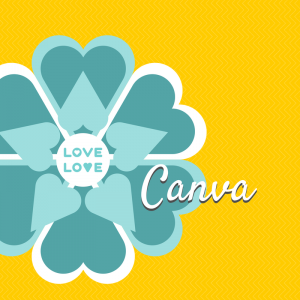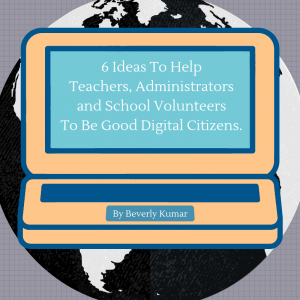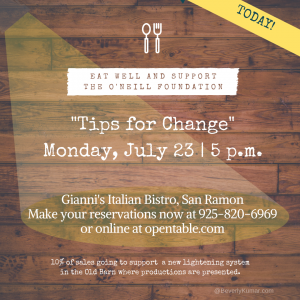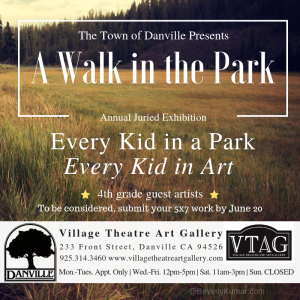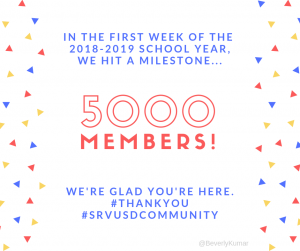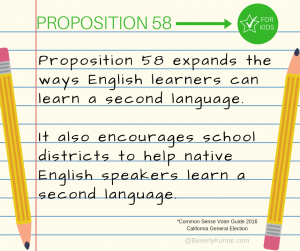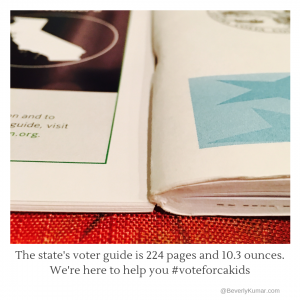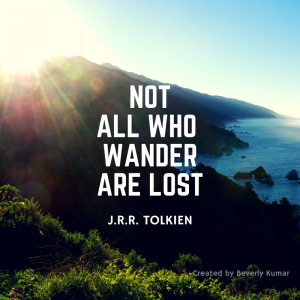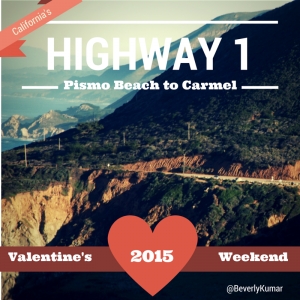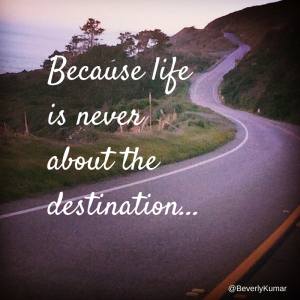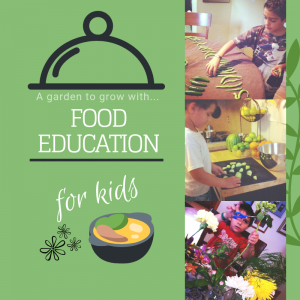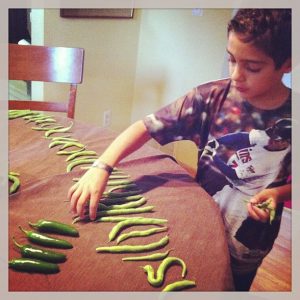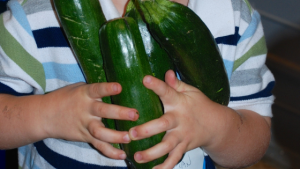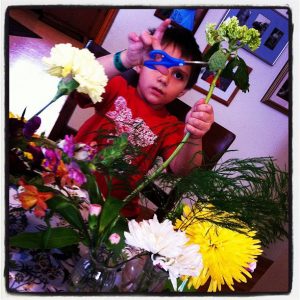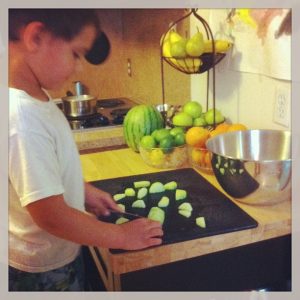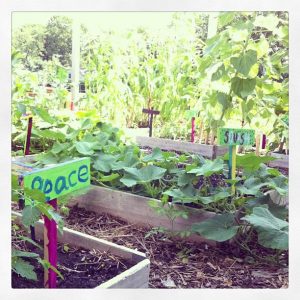Every time I approach San Francisco my heart flutters a little. San Francisco is my favorite city in the United States. Long before kids, every time I visited, it felt like I was coming home. Now that we live here, it is home. We couldn’t be happier. The culture, the arts, beaches, mountains, parks, museums, variety of food, innovation and weather are all pluses in our book!
Golden Gate Park offers a peaceful respite from the rush of the city. With 1,017 acres to explore, you will forget you are actually in city with a population of 837,442. One of my favorite places to visit in the park is the
Japanese Tea Garden. After I was spoiled by this tea garden, no other tea garden could hold a candle to it.
 |
| The last time our oldest was here, he was 6 months old. |
If you arrive before 10a.m. on Monday, Wednesday or Friday you can get in free. No such luck today as we were there on a busy Saturday. At $5 per adult and $2 per child (ages 5-11), it’s not going to break the bank. For the summer, the garden opens at 9a.m. and closes at 6p.m. – starting in November, the garden closes at 4:45p.m. The garden doesn’t close for holidays. Bathrooms are located in the Japanese Tea Garden along with a water fountain.
The very pathways of the Japanese tea garden invite visitors to slow down. As we began down the winding path, my boys were immediately drawn to the variety of
koi fish in the ponds. They kneeled down and studied them, mesmerized by their colors and size.
The Arch Bridge (also called the Moon Bridge) may have been one of their favorite experiences. If you have younger children, you’ll need to accompany them. However, at 6 years old and 8 years old, they seemed to be a perfect age to climb solo. As they soaked up the peaceful scene, it was as though you could physically see them relax their bodies. They climbed this bridge several times. My youngest even motioned to me to put down my camera- he didn’t want to be disturbed. My oldest son asked if we would buy him a
bonsai tree after he saw how uniquely different and neatly manicured they all were along the path.
 |
| My and my oldest now at the Tea House. |
No visit to the Japanese Tea Garden can be complete without a stop at the
Tea House. We ordered and shared sencha tea, tea house cookies, kuzumochi and Japanese pancakes. They also sell ice cream and other bottled beverages. When we placed our order at 4:00p.m., there wasn’t a line. However, by 4:30p.m., there was a very long line that trailed along the outside the Tea House area.
One of the biggest, most pleasant surprises of our visit to Golden Gate Park was situated between the Japanese Tea Garden and the Conservatory of Flowers. We stumbled upon a roller skating club! People of all ages and abilities danced as they skated and attracted quite a crowd of spectators (rightfully so!).
The last place we explored on this visit was the Conservatory of Flowers. This was only about a 20 minute walk from the Japanese Tea Garden. The conservatory is open daily from 10:00a.m. until 4:30p.m. (last entry is at 4p.m.), but closed on Monday. While the conservatory does host a free day on the first Tuesday of every month, we paid $20.00 admission for our family of four.
Our main mission of visiting was to see the Special Exhibits Gallery transformed into a swamp filled with carnivorous plants- specifically, the Venus flytrap. The boys really enjoyed riding their scooters in the garden outside. This was a great spot to have our lunch.
 |
| The boys wandered around in the gardens and found a new treasure. |
Golden Gate Park is a San Francisco gem. While these are just two spots we visited at Golden Gate Park, there is no shortage of places to explore or things to do. I am sure there are some people that tackle the entire park in a day! However, when it comes to visiting with kids, I prefer focusing on one or two different things. This makes for a much more peaceful, memorable visit.



















